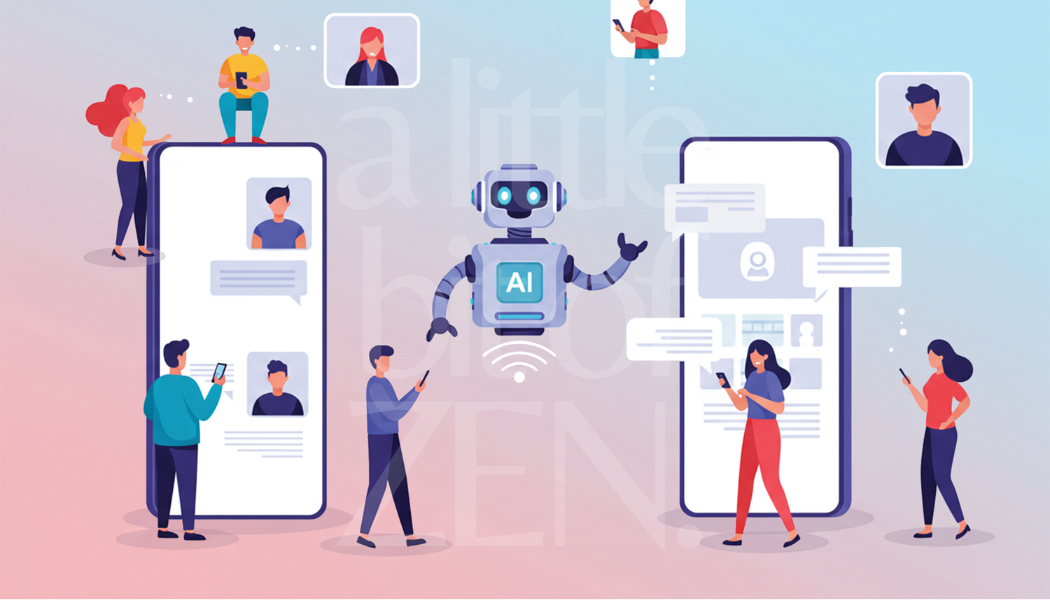The future of customer experience isn’t just smart…it’s sensitive.
As AI becomes more deeply embedded in the way we serve and support customers, expectations are evolving. Speed and accuracy remain essential, but they are no longer enough. In 2025, empathy has emerged as the true differentiator in CX and businesses are being judged not just by how fast they respond, but by how well they understand.
The New Expectation: Emotional Intelligence in Automation
For many years, automation in CX was focused on operational efficiency such as deflecting tickets, shortening resolution times, and lowering costs. That mission hasn’t changed, but the lens through which customers experience it has. Consumers are increasingly comfortable with interacting with bots, provided those bots feel human.
This shift marks a new chapter: AI must now not only understand what customers are asking, but how they feel while asking it.
Empathy in AI doesn’t mean pretending to be human. It means designing systems that acknowledge frustration, mirror tone appropriately, and avoid robotic or tone-deaf responses. It’s about treating emotion as data and designing with care.
Designing for Empathy: Beyond Scripted Replies
Building human-centric AI is not just a matter of plugging in a new model. It requires a ground-up rethink of how experiences are structured:
- Tone matters: A bot that says “I understand this is frustrating” can de-escalate more effectively than one that says “please wait.” The right language, tone, and phrasing signal care and build trust.
- Context is king: Customers don’t want to repeat themselves. AI that remembers previous touch points, recognizes urgency, and adapts accordingly feels more human even if there’s no person involved.
- Intent isn’t enough. Mood matters: Next-generation AI can infer sentiment and even emotion through language cues. A user saying “this is ridiculous” should be treated differently than one saying “can you help me please?”
- Seamless human handoff: When AI hits its limit, it shouldn’t leave the customer hanging. Transitions to human agents must be graceful, with full context carried over.
These elements may seem small, but they add up to experiences that feel respectful, considerate, and emotionally intelligent.
Trust and Loyalty: The Hidden ROI of Empathetic AI
Customers remember how you made them feel. In moments of frustration, a cold or unhelpful bot can push them away for good. On the flip side, AI that offers understanding can be the difference between a lost customer and a loyal one.
Human-centric AI pays off in more than sentiment. Companies are seeing:
- Reduced churn thanks to improved emotional experience
- Higher CSAT and NPS from more meaningful interactions
- Increased agent efficiency since empathetic AI resolves more on its own and makes escalations smoother
Empathy builds trust, and trust builds loyalty. In a crowded market where products and pricing are often similar, the emotional layer of CX is where brands can stand out.
Real-World Inspiration: What Good Looks Like
Forward-thinking companies are already making empathy a pillar of their AI strategy:
- A global travel app rewrote its chatbot flows using more conversational, human language cutting abandonment rates by 25 percent.
- A digital bank introduced sentiment-aware routing, escalating emotionally charged queries faster to trained human agents.
- A health tech firm trained its virtual assistant to respond differently to distress keywords, offering immediate human assistance for sensitive topics.
None of these examples relied on radical technology. They relied on a mindset shift: empathy is not a nice-to-have, it’s a core CX design principle.
The Takeaway: Design with Feeling
AI in 2025 is no longer just about capability; it’s about character.
Customers are no longer impressed by bots that can answer questions. They’re impressed by bots that make them feel heard.
Empathy can’t be faked. It can be embedded through intentional design, emotionally intelligent language, and systems that value how customers feel as much as what they say.
Human-centric AI doesn’t diminish efficiency. It enhances it by reducing friction, earning trust, and delivering better outcomes for customers and businesses alike.
In the race to modernize CX, empathy is the edge. Those who build it in will lead the next era of customer experience.




